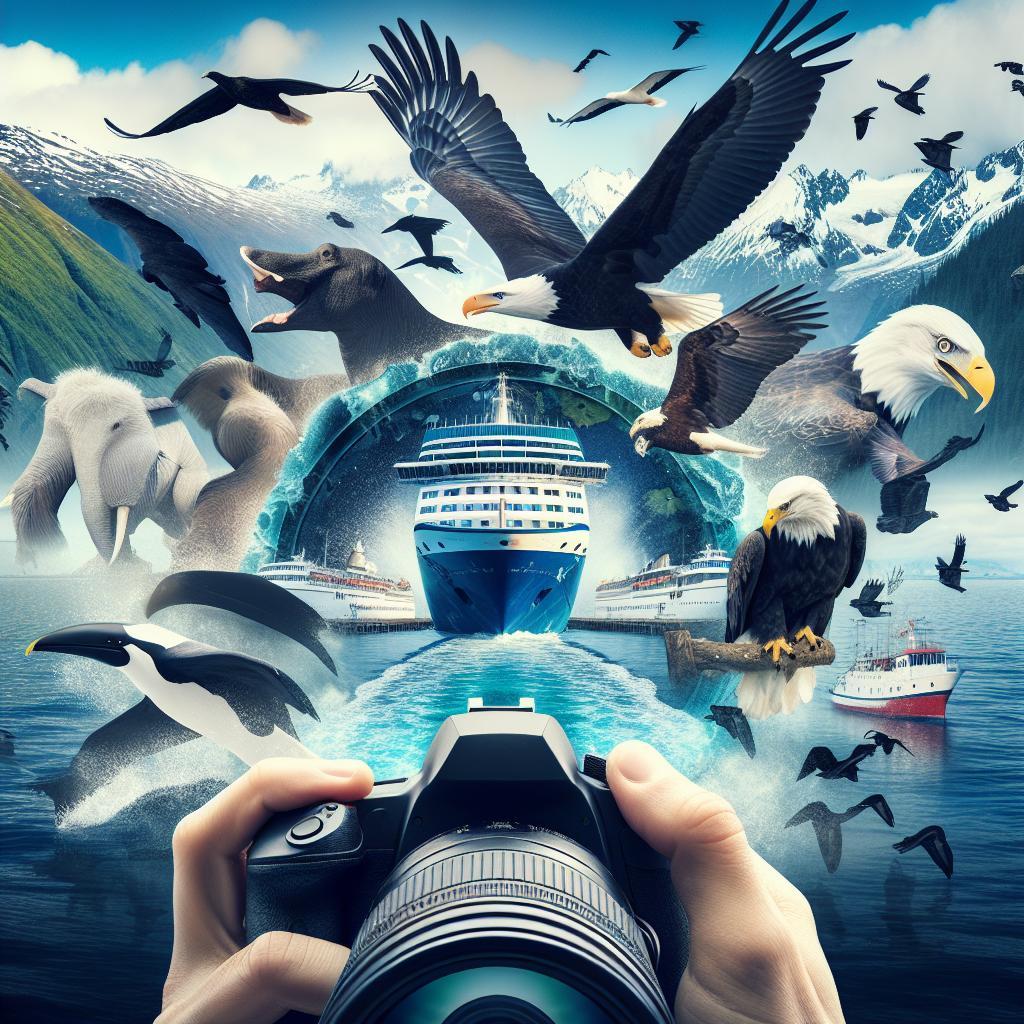As the sun peeks over the rugged peaks of the Alaskan wilderness, casting a golden hue on the icy fjords below, adventurers on an Alaskan cruise are treated to a living tableau of nature’s grandeur. From majestic whales breaching the surface to elusive bears traversing the shorelines, the opportunities for extraordinary wildlife photography are as abundant as the natural beauty surrounding them. However, capturing these fleeting moments requires more than just a keen eye; it demands a blend of preparation, patience, and technique. In this article, we’ll explore essential tips and tricks to help you elevate your wildlife photography skills during your unforgettable Alaskan journey, ensuring that each snapshot not only freezes a moment in time but also tells a compelling story of the wild. Whether you’re a seasoned photographer or a curious novice, these insights will help you connect with the breathtaking spirit of Alaska and bring home memories as vivid and striking as the landscapes you encounter.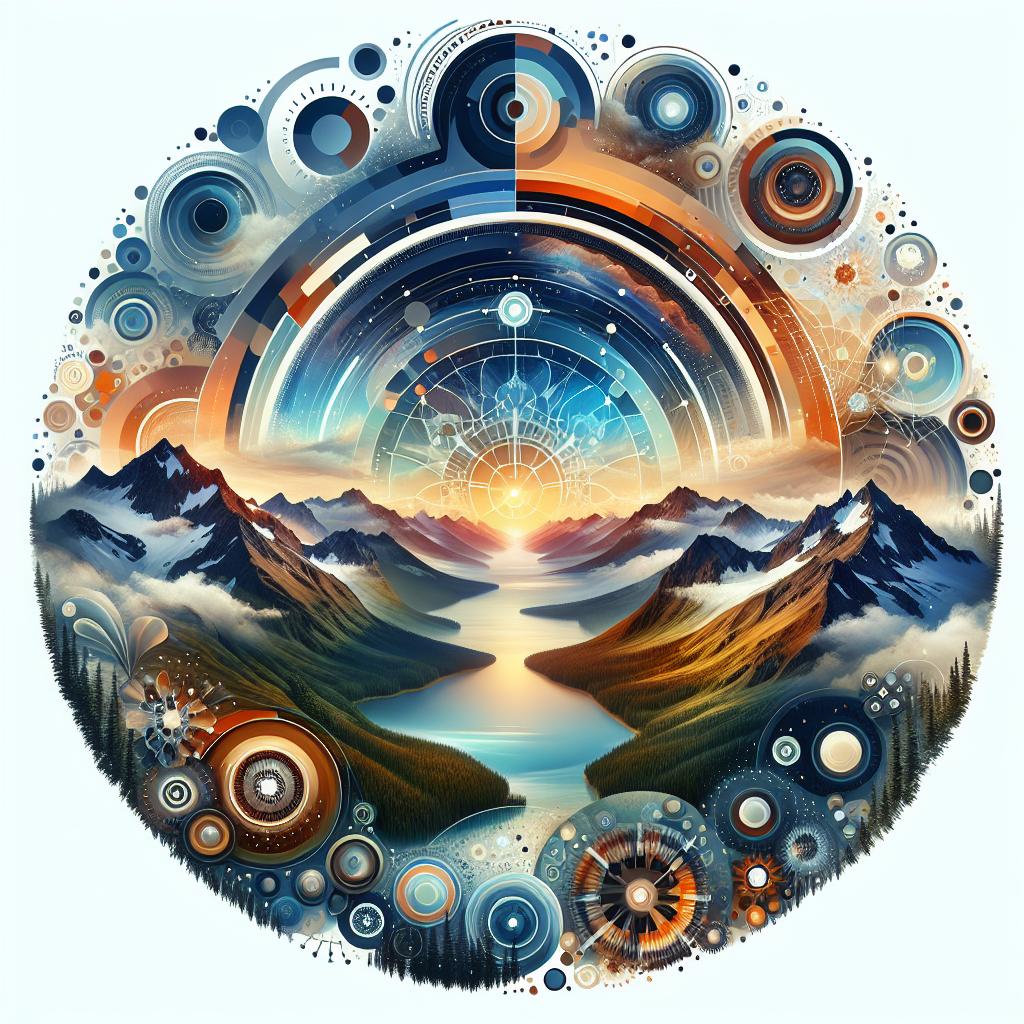
Capturing the Essence of Alaskan Landscapes
Alaska’s breathtaking landscapes offer a unique canvas for wildlife photography, where every corner reveals an enchanting tableau of nature. The vibrant colors of the tundra contrast sharply against the icy blues of the glaciers, creating a stunning backdrop for your shots. To truly capture the essence of these surroundings, consider the following tips:
- Optimal Lighting: Early morning and late afternoon yield the best natural light, casting golden hues across the scenery.
- Use Leading Lines: Incorporate natural elements like rivers, paths, or mountain ridges to guide the viewer’s eye.
- Be Patient: Wildlife doesn’t follow a schedule, so take your time and allow scenes to unfold naturally.
In addition to the landscapes, the variety of wildlife adds a dynamic element to your photographs. From majestic humpback whales breaching the surface to nimble bears foraging along the shore, each encounter is an opportunity to create a captivating image. To enhance your captures of these magnificent creatures, keep these essential tips in mind:
| Tip | Description |
|---|---|
| Shorter Lenses for Connectivity | Use a zoom lens to get close without disturbing the wildlife. |
| Continuous Shooting Mode | Utilize burst mode to capture rapid movements effectively. |
| Respect Wildlife Distance | Always maintain a safe and respectful distance to protect both yourself and the animals. |
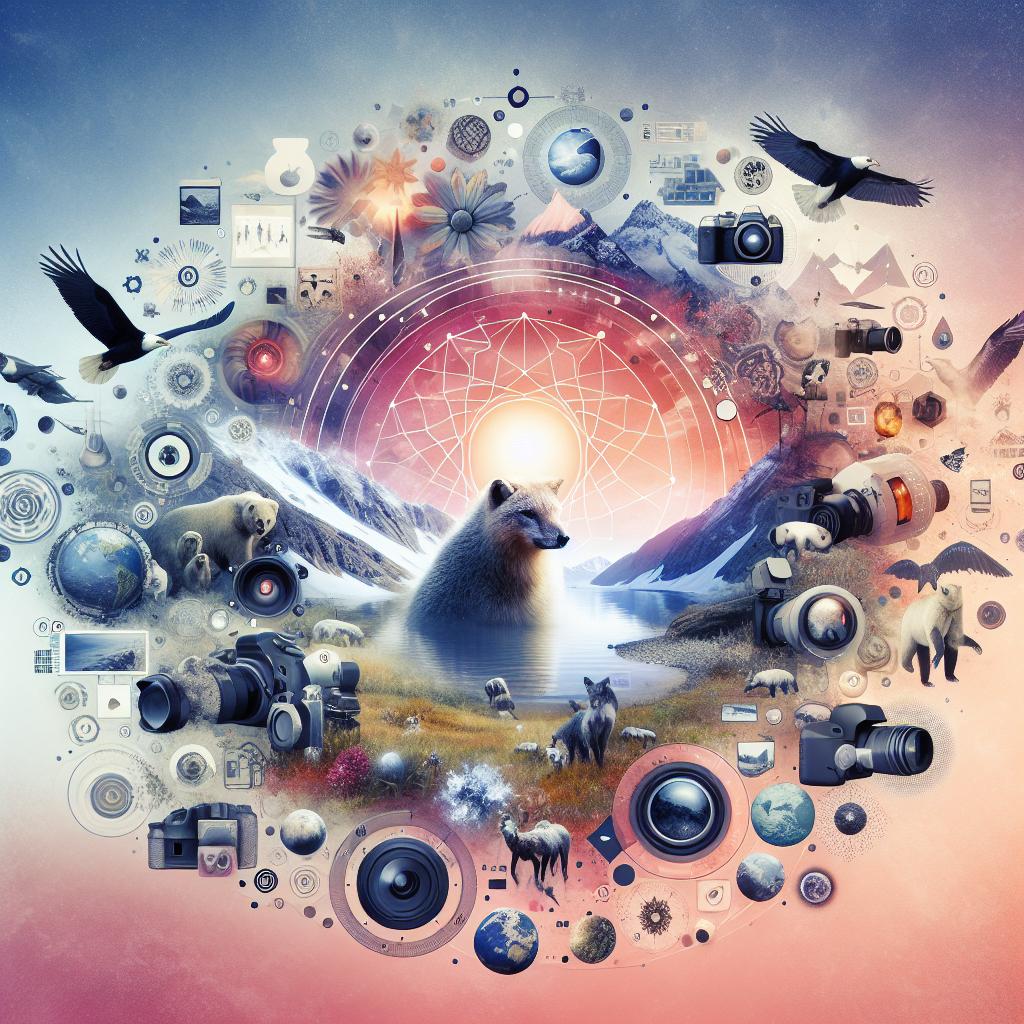
Techniques for Photographing Glacial Wildlife
When embarking on a voyage through Alaska’s breathtaking landscapes, capturing the elusive wildlife that thrives in glacial environments demands a thoughtful approach. One of the key techniques is to utilize natural light effectively. The soft, diffused light during early morning or late afternoon can bring out the rich textures of fur and feathers, making them pop against the icy background. Additionally, consider using a zoom lens that allows you to maintain a respectful distance from the wildlife, thereby reducing stress on the animals while still obtaining detailed shots.
Another valuable strategy is to pay close attention to composition and framing. Here are a few tips to enhance your photographs:
- Use the rule of thirds to create balanced images, placing the subject off-center.
- Incorporate the glacial landscape to give context, making the wildlife appear as part of their habitat.
- Look for leading lines, such as ice formations or ridges, to draw the viewer’s eye towards the subject.
By integrating these techniques into your photography practice, you can elevate your wildlife shots from mere snapshots to compelling visual stories that convey the awe of Alaska’s natural world.
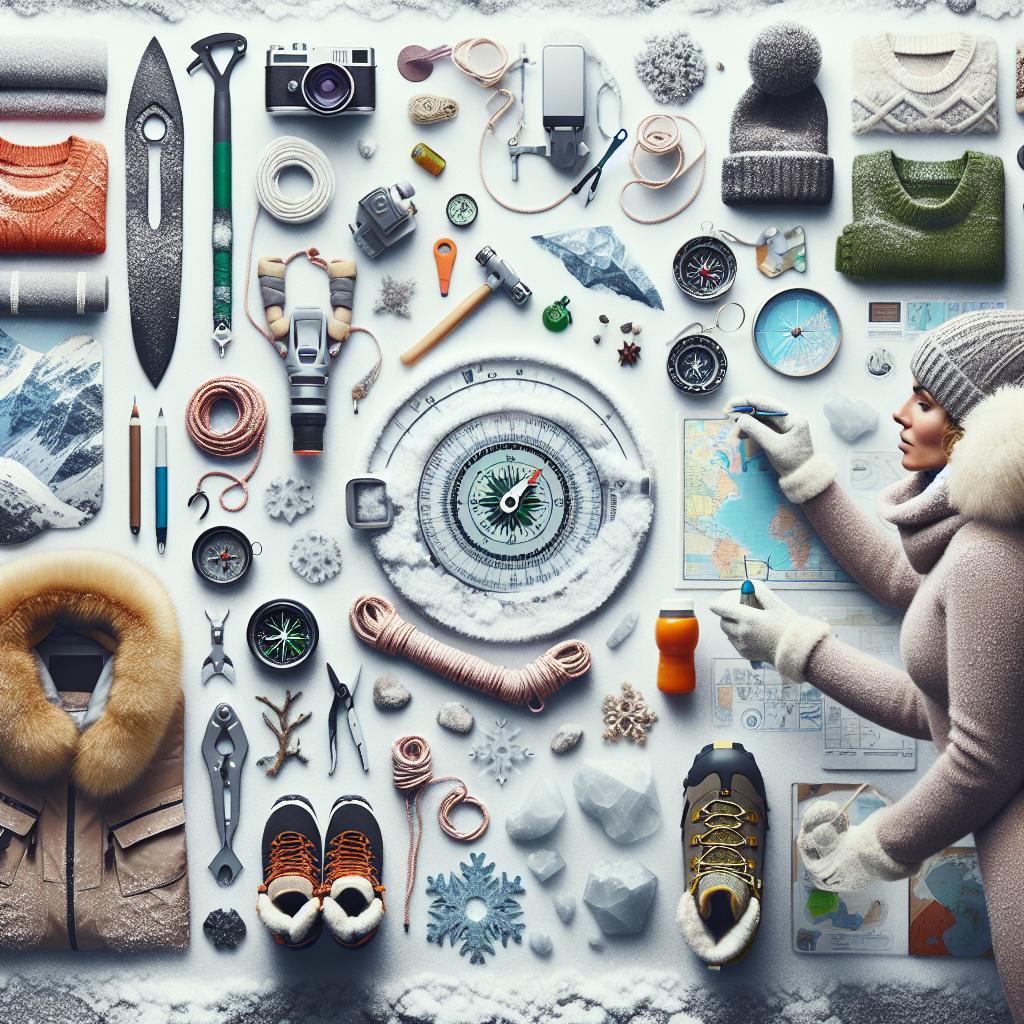
Optimal Gear Choices for the Arctic Adventure
Choosing the right gear is essential for capturing stunning wildlife photos in the Arctic wilderness. First and foremost, make sure to invest in a weather-sealed camera body that can withstand the elements. Pair it with a versatile zoom lens that allows you to photograph distant subjects without disturbing them. A lens with a wide aperture is also beneficial for low-light conditions often encountered during early mornings or late afternoons. Don’t forget a sturdy tripod; it will provide stability when shooting in windy conditions or during long exposures.
In addition to your camera gear, ensure you have the right clothing and accessories to stay warm and comfortable. Layering is key; opt for a moisture-wicking base layer, an insulating mid-layer, and a waterproof outer layer. Accessories like gloves designed for photographers will keep your hands warm while allowing you to maintain dexterity. bring along extra batteries and memory cards, as cold weather tends to drain batteries faster than normal. Organizing your gear in a waterproof bag will also safeguard your equipment from unexpected splashes or snow.
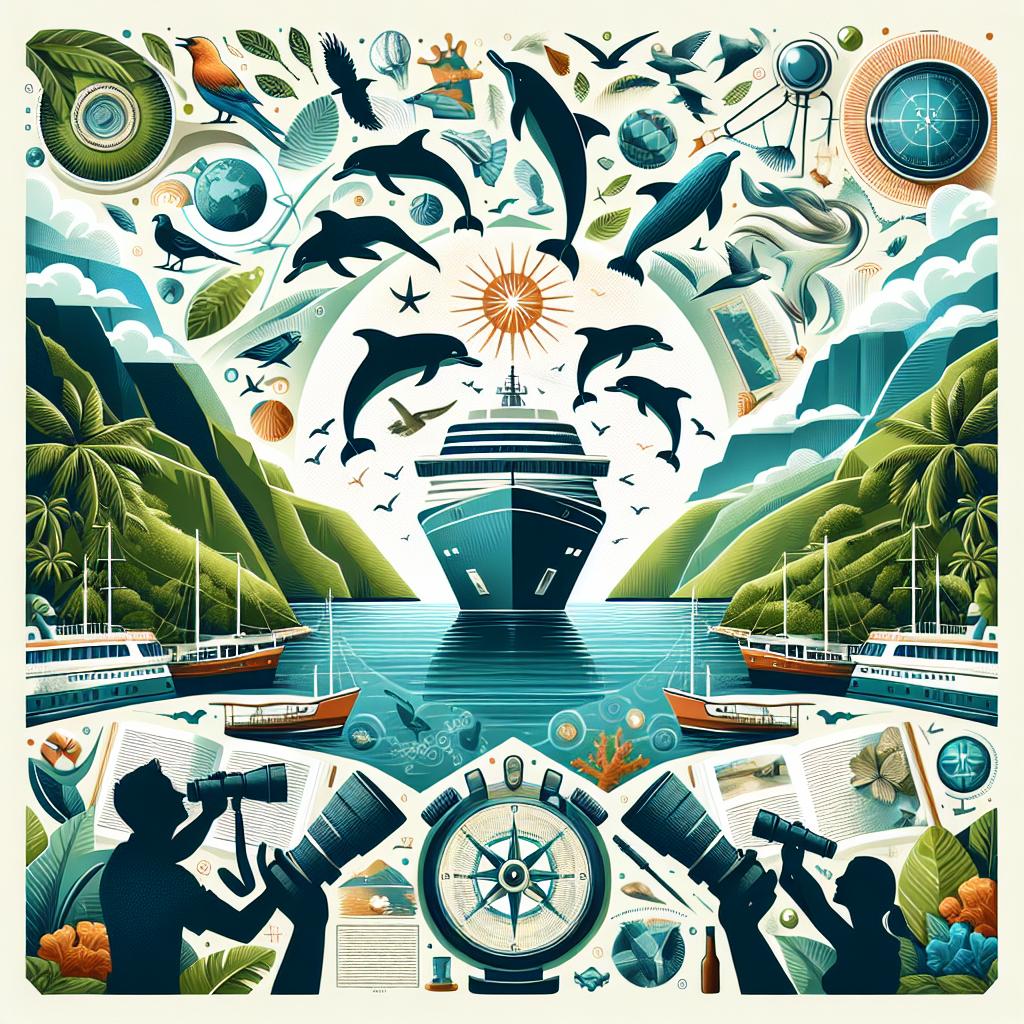
Best Times for Wildlife Encounters on Your Cruise
When embarking on an Alaskan cruise, timing your wildlife encounters can significantly enhance your photography experience. The early morning and late evening hours are often the prime times for spotting wildlife, as many animals are more active during cooler temperatures. Seek out areas near fjords and coastlines at these times, where you might see playful sea otters, majestic humpback whales, and captivating bald eagles. Keep these tips in mind for the best chances of witnessing and capturing stunning wildlife moments:
- Plan for shoulder seasons: May and September often see fewer tourists, allowing for more intimate wildlife interactions.
- Look for tidal movements: Check the tide charts, as feeding patterns of animals like seals can align with high and low tides.
- Monitor migration patterns: Familiarize yourself with migratory routes of species like orcas and sea birds to maximize sightings.
Here’s a quick reference table for the best times to spot specific wildlife during your cruise:
| Wildlife | Best Season | Optimal Time |
|---|---|---|
| Humpback Whales | June – September | Morning & Late Afternoon |
| Sea Otters | Year-Round | Midday |
| Bald Eagles | March - August | Early Morning |
| Orcas | May - September | Late Afternoon |
Key Takeaways
As you embark on your Alaskan cruise adventure, remember that the moments you capture through your lens are more than just photographs; they are windows into the untamed beauty of nature that few have the privilege to witness. Equipped with these tips and a spirit of exploration, you are ready to embrace the magic of wildlife photography. Whether it’s the playful antics of otters, the majestic glide of eagles, or the serene presence of a breaching whale, each image you take tells a story of the wild. So, let your creativity flow, respect the environment, and most importantly, enjoy every moment of this breathtaking journey. Happy shooting, and may your Alaskan expedition be filled with unforgettable encounters and stunning shots that will inspire your memories long after you’ve returned home.

